
John Rockwell in The New York Times:
One calls the production new, and in a technical sense it is. But if the Met ever went out to get guaranteed goods with a minimal chance of risk, they were doing so here. Mr. Zeffirelli has been staging “his” “Boheme” for some 20 years now. It has graced most of the world’s major opera stages and it has been filmed. He was reportedly persuaded to assay the opera once again because he had come up with some new twists.
The second act is still a split-level stage connected by wide steps, with passers-by above and the Cafe Momus down below. But now the actual interior of the cafe is revealed when pushcarts are rolled away. The crowds—280 people are on stage at the climax—continue to pursue their assigned tasks throughout, occasionally freezing when Renata Scotto has a big moment, and the bustle is distracting.
The first-and fourth-act set is a cut-away garret, complete with lower-lying roofs on which the bohemians stage their mock battle in the fourth act. Act III is softened by a scrim with the inn below the road and a snowly incline separating them. All of this is accomplished in Mr. Zeffirelli’s familiar super-realistic manner, and the sheer lavishness of detail—and demonstrable expense required to realize it -brought appreciative, nostalgic comments from the opening-night audience.
To this taste, however, the decor lacked an enlivening sense of style. The idea of a realistic “Boheme” is hardly out of date; indeed, it is probably the only intelligent way to do the opera. But Mr. Zeffirelli’s imagery seemed grandiose and even pretentious. And it did not appear to have been executed or lit with a real sensualist’s feeling for visual elegance.
The stage direction was conventional. This again is not a complaint; “La Boheme” is such a familiar opera that eccentric new bits of business only stand out. But occasionally Mr. Zeffirelli or his singers indulged in isolated, vulgar exaggerations of their essentially realistic portrayals. Musetta is a flamboyant character, but did Miss Scotto really need to pull her dress up above her head, repeatedly, when a flash of ankle would have done the trick?
Teresa Stratas, who created far and away the most interesting portrayal, was similarly given to obtrusive, melodramatic moments: her stagy faint in the first act, for example, or her health-club trick on her deathbed -stretching out her arms and half-levitating her torso toward Rodolfo near the end. For the most part, however, she played Mimi as a nervous wraith out of Edward Gorey, and compelling it was, with Peter J. Hall’s costume design contributing to the effect.
The other singers relied on the standard “Boheme” characters and gimmicks. These worked functionally, but it takes a greater flair from both director and actors to make the bohemians’ cavortings look fresher than mere superannuated horseplay.
The slack, larger-than-life qualities of the decor and direction were mirrored in James Levine’s conducting. This was not one of Mr. Levine’s better nights. The playing was loud, crudely colored and slow. It lacked the pulse and tension necessary in the love music—although the third act was better than the first, and the all-around best, musically, of the night. The more boisterous scenes needed more snap and wit. . . .
Singers will come and go for years in this production, and Mr. Zeffirelli’s direction will soon erode. But the decor will remain and it should prove durable: the Met wanted a “Boheme” that would last, transcending fashion, and it got one.
Perhaps “La Boheme,” Puccini’s finest and most innocent opera, works best in a far more intimate house than the Met. Perhaps it is best encountered on a journey, with young, unknown singers playing out its tale of passion and despair in a way that can really be believed. Mr. Zeffirelli’s “Boheme” is grand and traditional, but it lost its innocence long ago.
On this day in 1918 Puccini’s Il trittico had its world premiere at the Met.
Born on this day in 1911 bandleader Spike Jones.
Born on this day in 1941 soprano Karan Armstrong.
Birthday anniversaries of tenors Georges Thill (1897) and Richard Cassilly (1927).
Happy birthday to opera scribe Ben Miller.
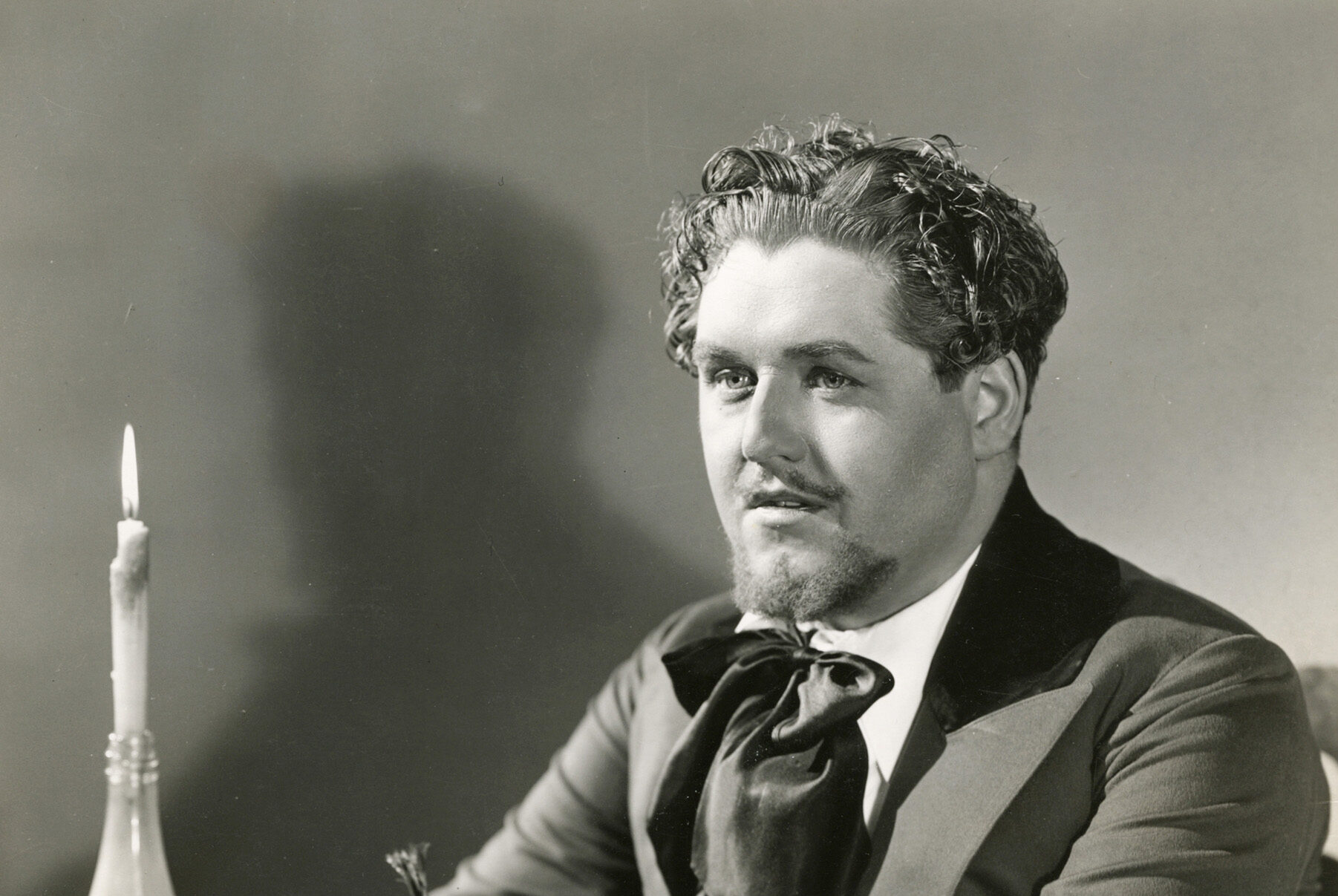
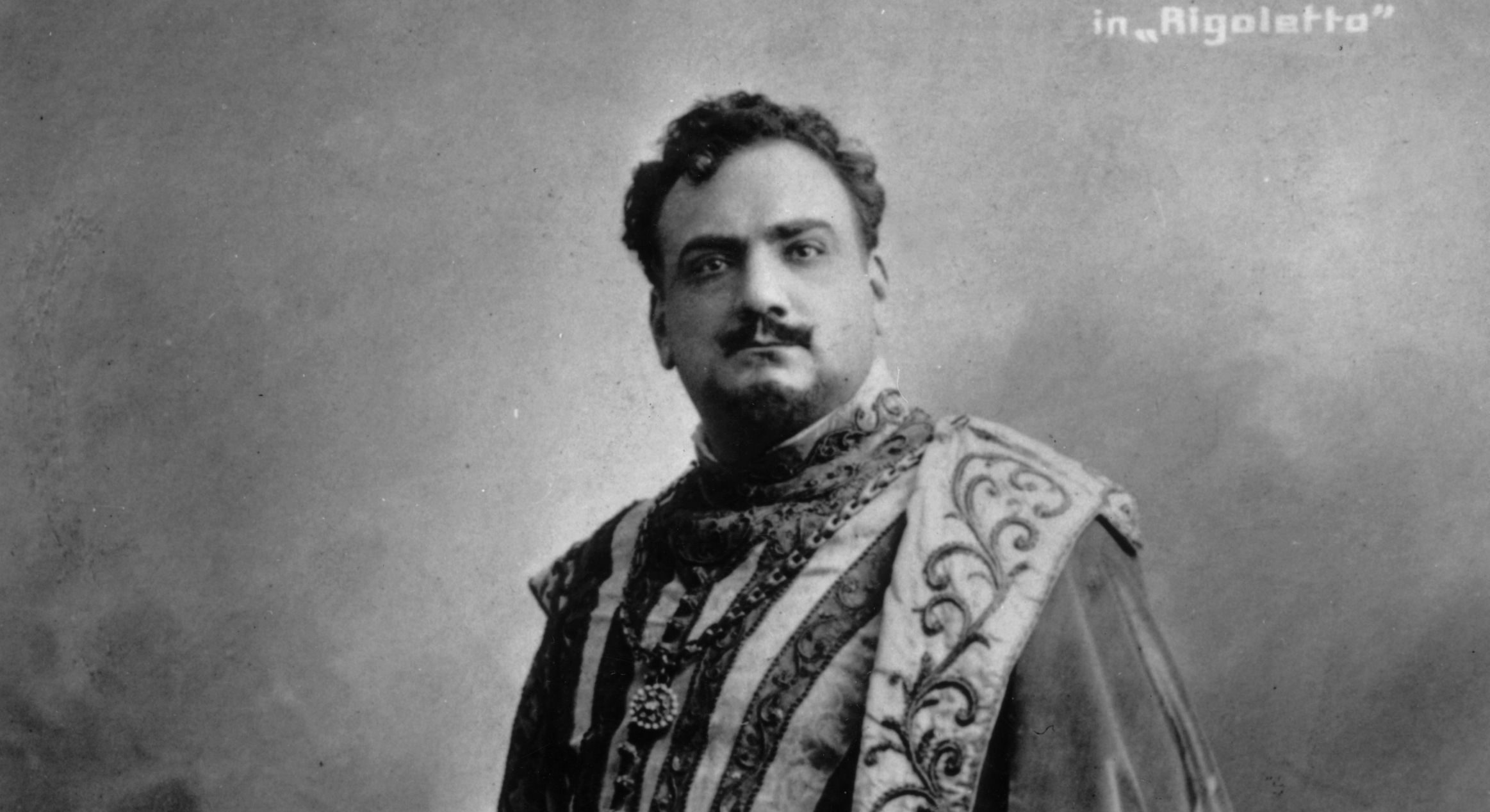
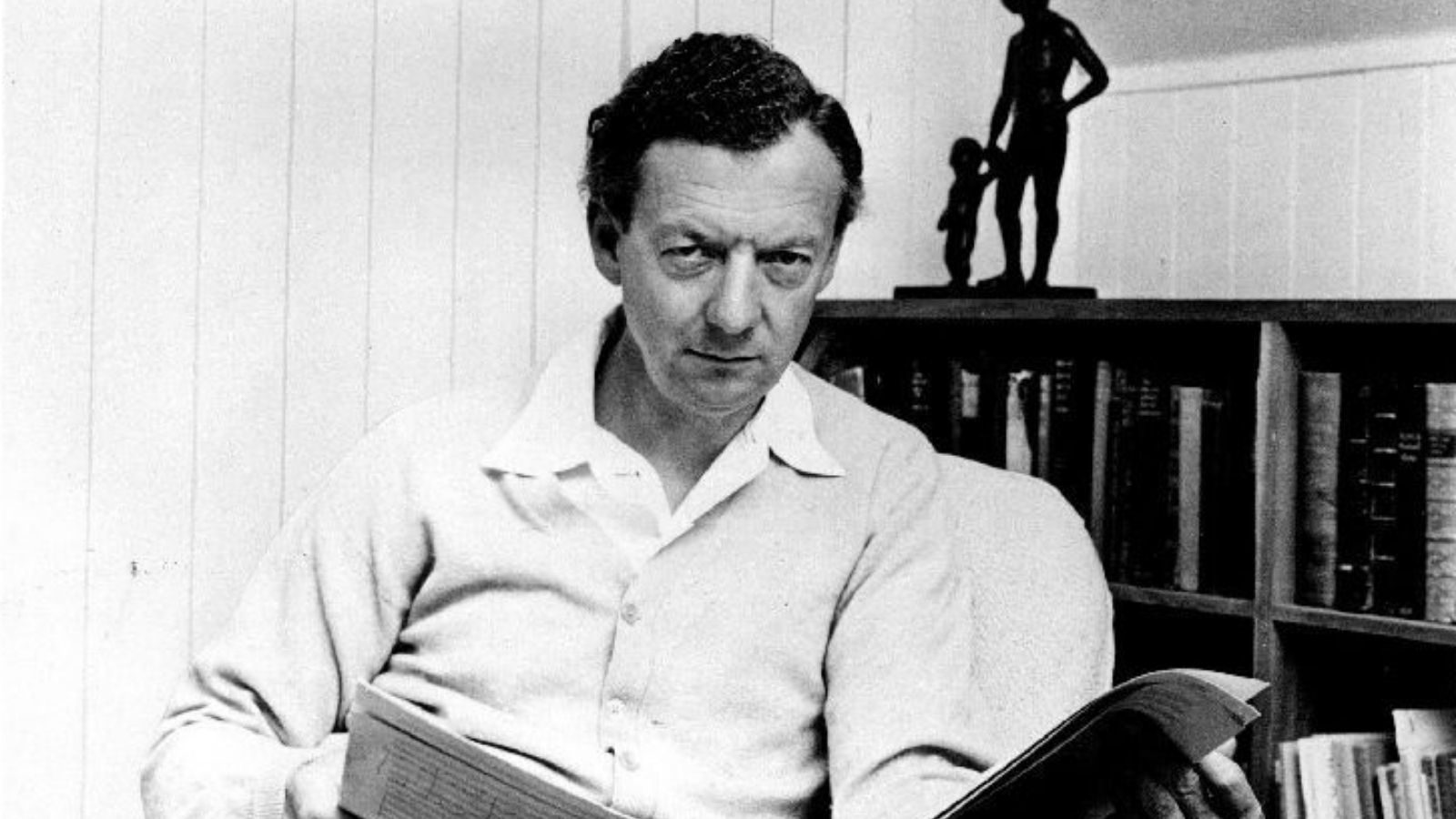
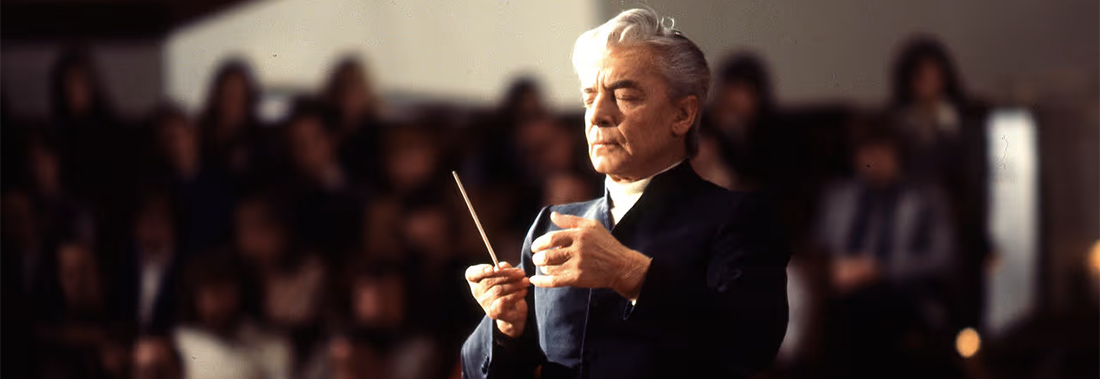
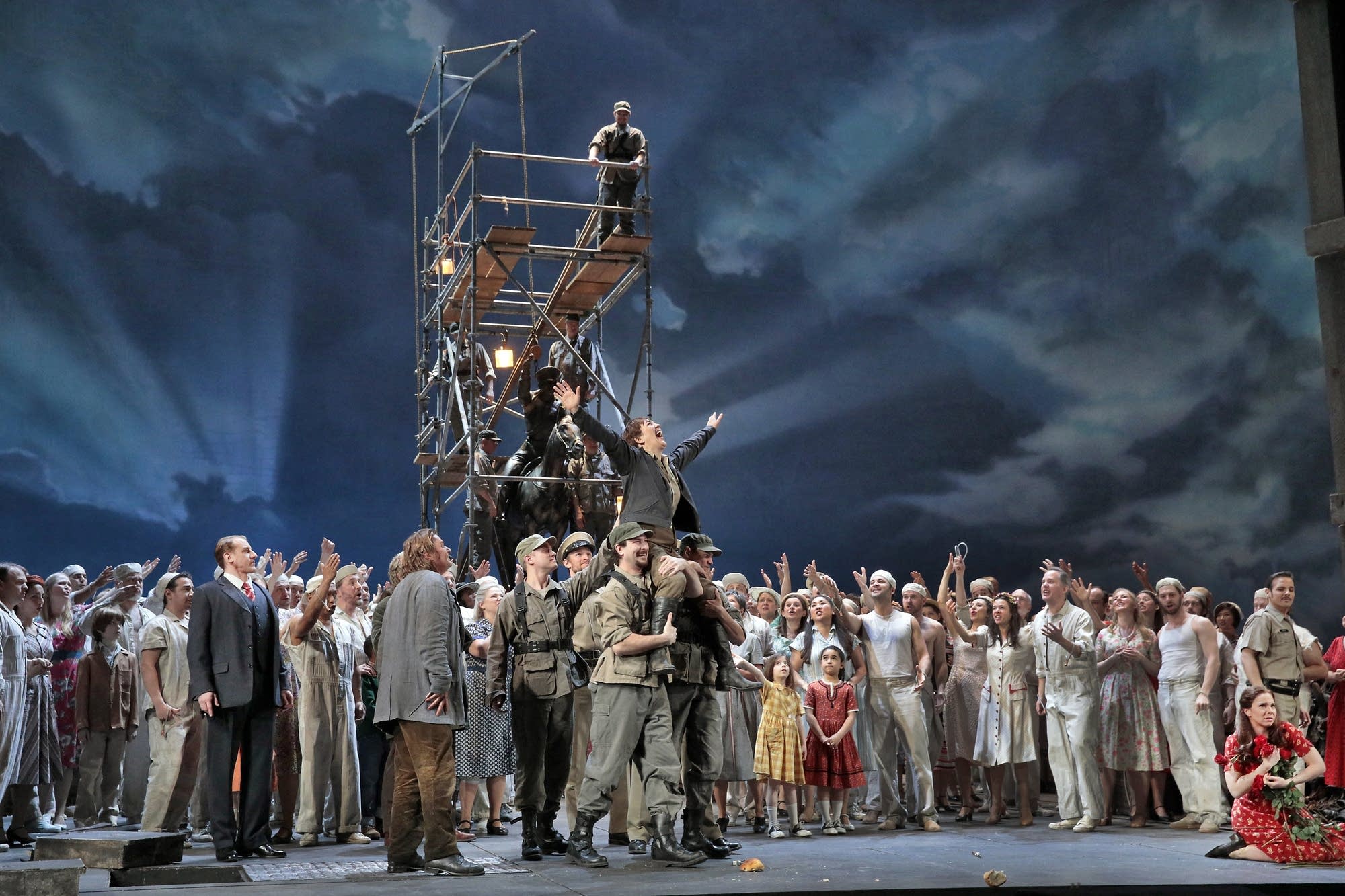
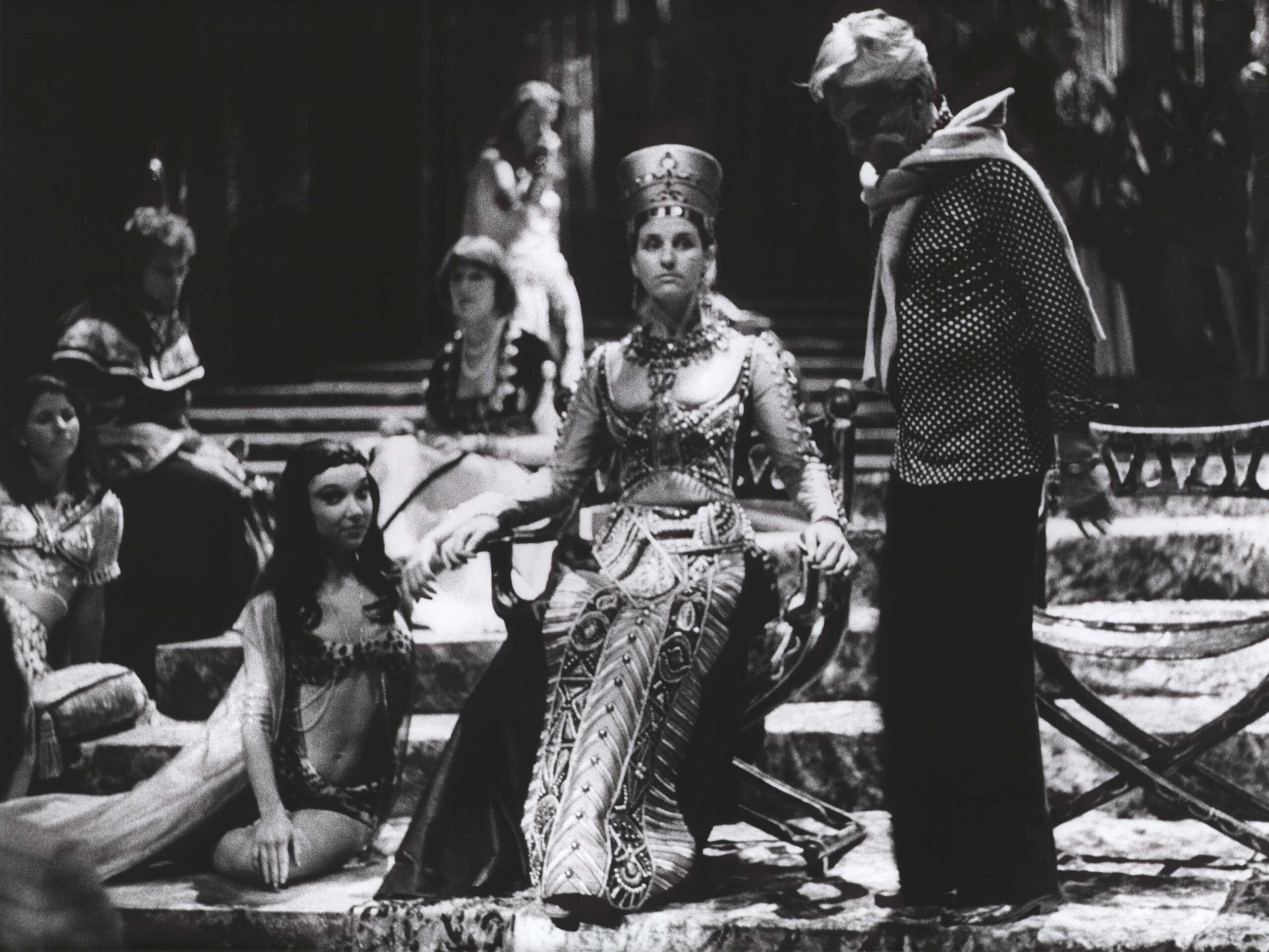
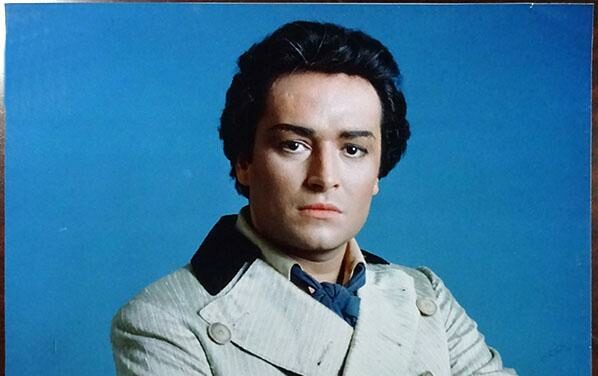
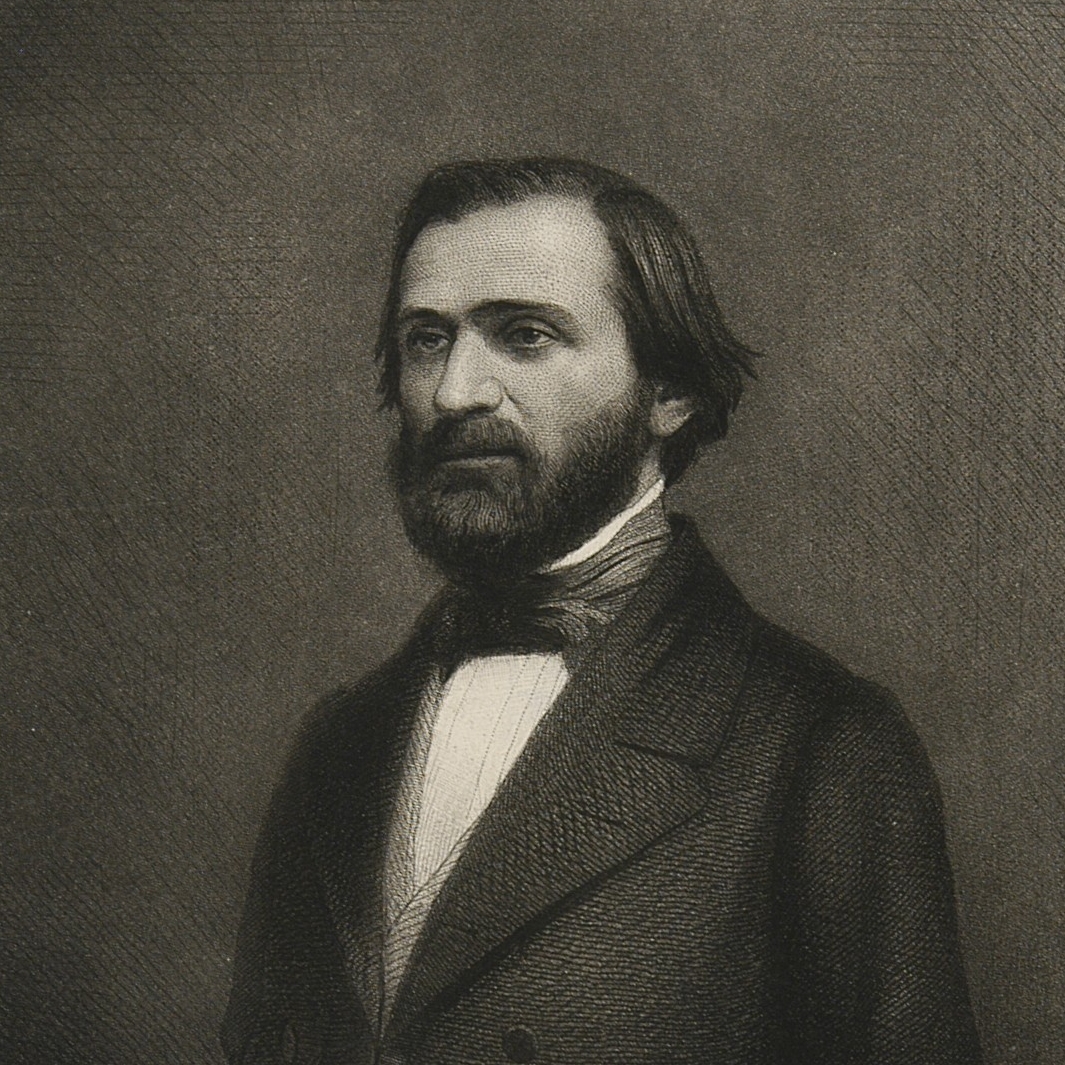
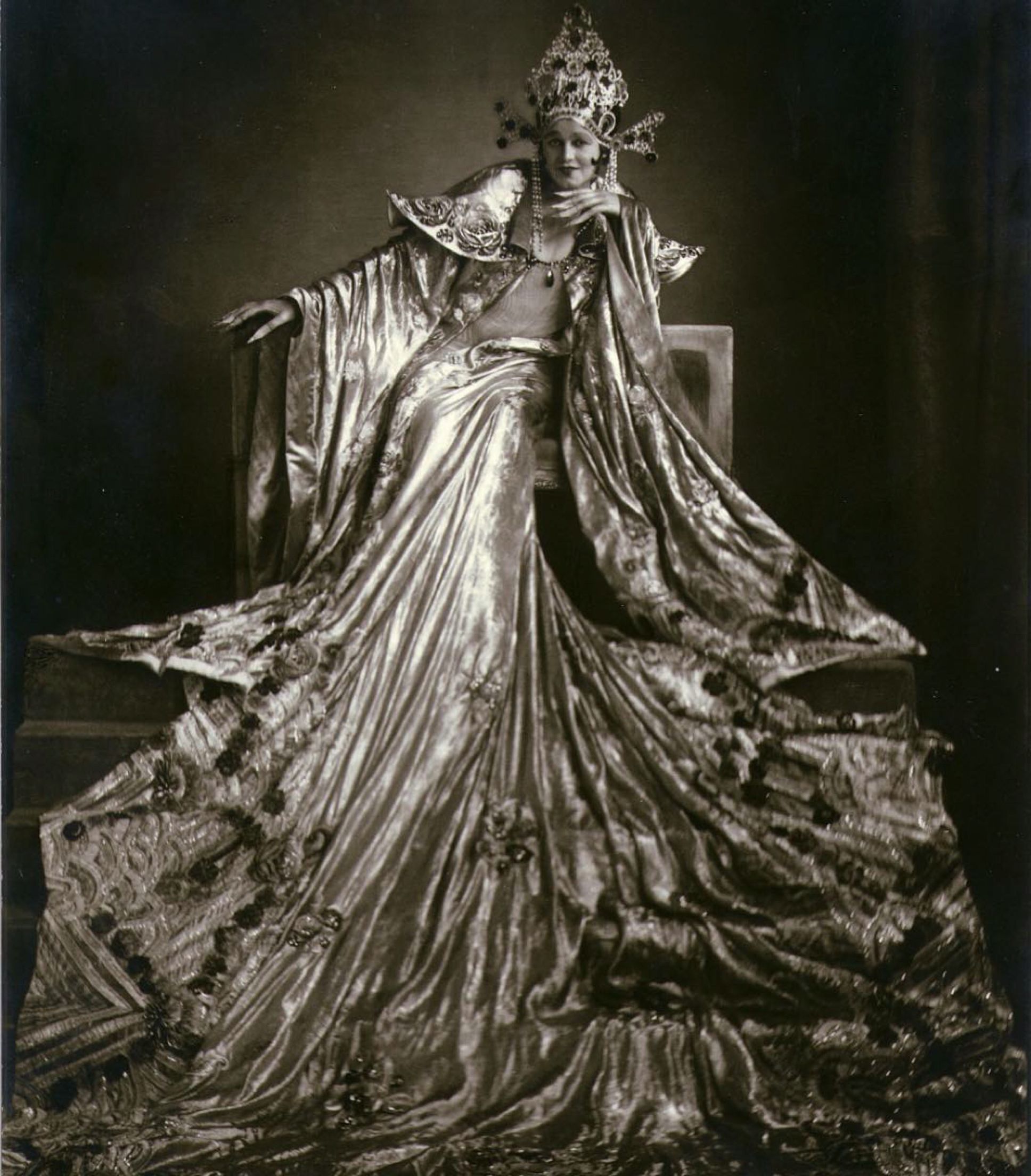
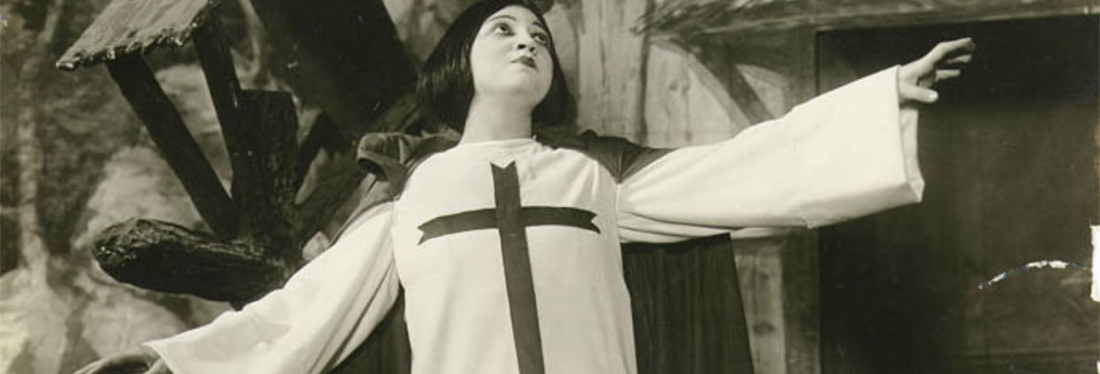

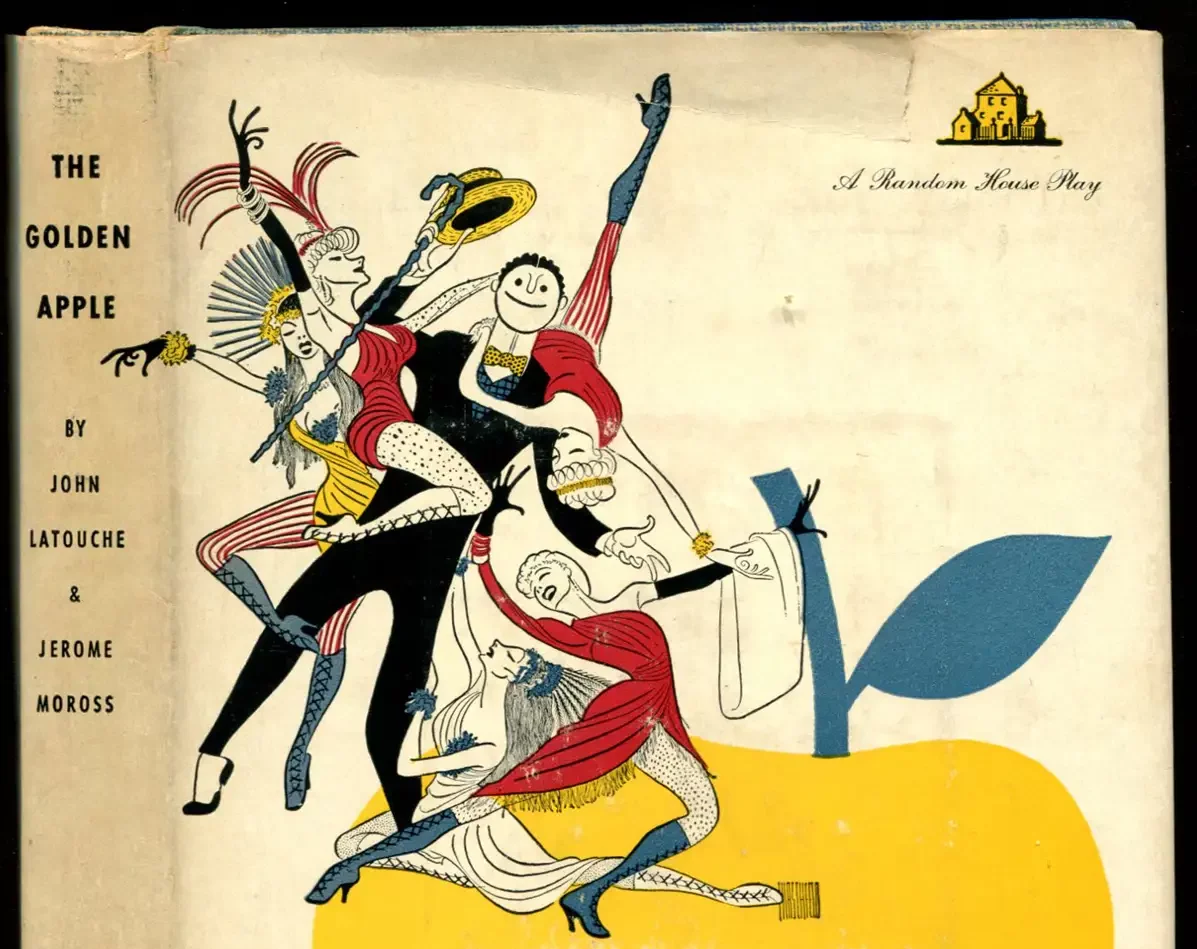
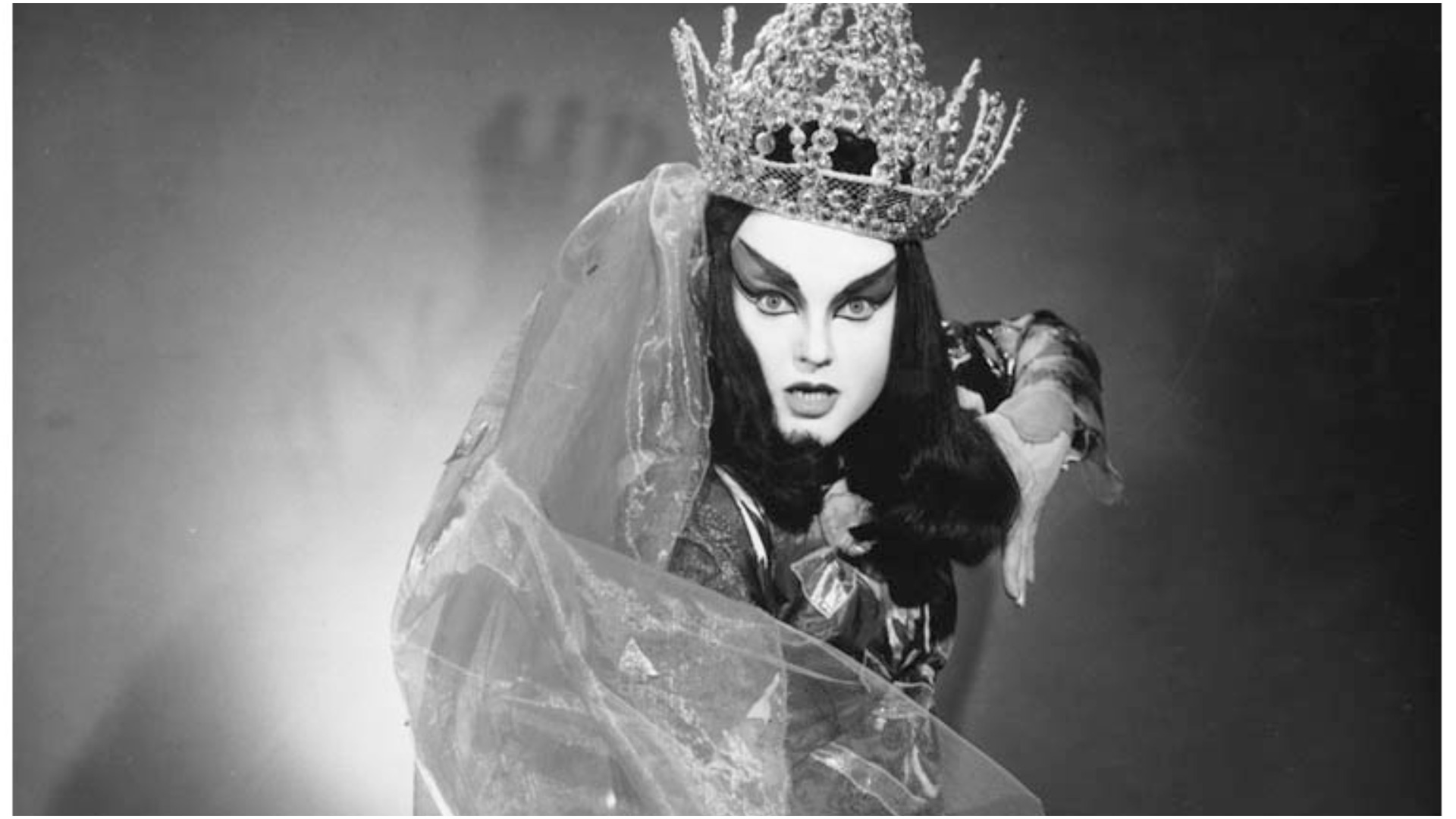
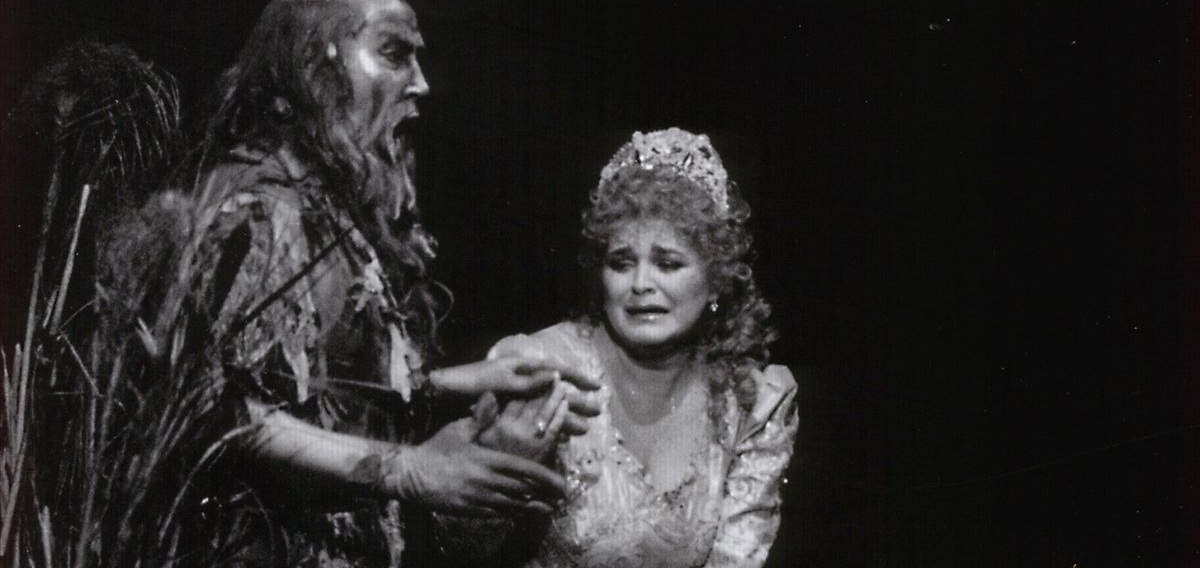

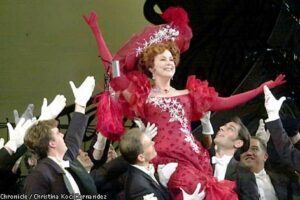
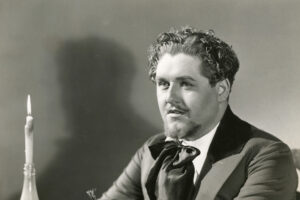




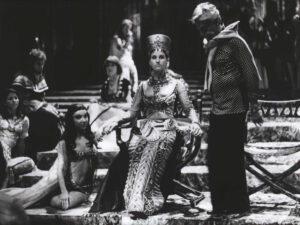




Comments